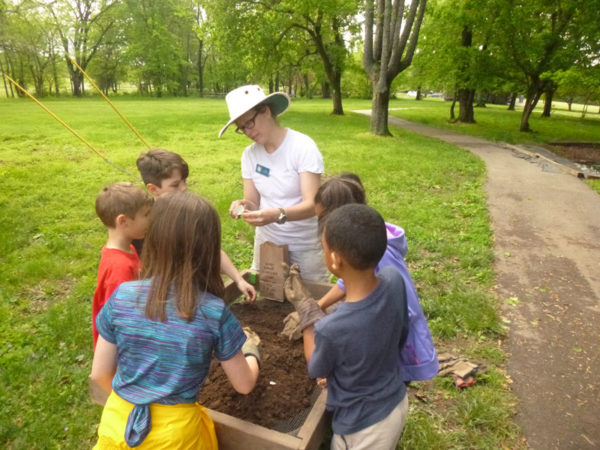New Thematic issue of Historical Archaeology on ‘Labor and Plurality in the Northeast’
The next issue of Historical Archaeology will arrive in your mailbox in the new few…
by M. Jay Stottman
It is the oldest and most basic form of public archaeology, but we tend to pay little attention to how archaeologists speak to the public. Whether it is giving a public presentation or telling someone about your dig, talking to the public is not something that we are trained for. It is something that each archaeologist typically learns through experience and lots of trial and error. When we do seek out training in the art of public speaking, we might take a workshop with professional interpreters. While the techniques we learn help us more effectively communicate our message, we don’t often connect with the public. Is it good enough to just tell people what we are doing, how we do it, and how important that it is? Is there more than just answering the questions people ask and delivering our research and ethics messages? We all have our spiel that we give and canned responses prepared for the inevitable questions we are asked. Can we go beyond that and use them as opportunities to learn about our publics and as entry points to connect with them?
In order to connect with the public we have to do more than improve our strategies and techniques, we have to also think about our approach. We have to move beyond just being information providers to being facilitators of conversations. The key is to find points of entry or intersections in the information we present with the questions the public asks. Learning what the public wants to know about and what they are interested in should help dictate what to talk about and how far the conversation can go. Some may call them teachable moments, I call them teaching opportunities; either way, I am looking to make the people I talk to more invested in our interaction. For example, I used a question in response to my spiel on outbuildings to learn that someone is interested in what happened to the buildings. The conversation then can go from talking about how we know about the outbuildings to how changes in transportation changed the outbuilding landscape and how it affects change in the present. Questions like, “what is the most important or valuable artifact you have found?” can lead to a conversation about how enslaved African Americans coped with slavery and actively created a community in the oppressive environment of slavery. We can then inform and challenge our publics to connect such information to present day issues of social justice if we are seeking opportunities to do so.
We have to go beyond talking to the public and start communicating with the public in order to have a more meaningful interaction with them. Rather than beating them over the head with our rhetoric, we should be facilitating conversations and connections with the public. We have to think about our interactions with the public as a two-way street and seek those opportunities to share knowledge with each other. Being a good communicator means we have to be able to listen as well as talk. Certainly many of us have learned to do this and learned it the hard way, but communication goes beyond technique and strategies. It starts with how we conceptualize our relationship with the public. Are we willing to give up some of our control as the expert to engage in more meaningful public interactions or should we even have to?

Lori Stahlgren discusses ideas about an artifact with kids during a field trip at Riverside, The Farnsley-Moremen Landing.